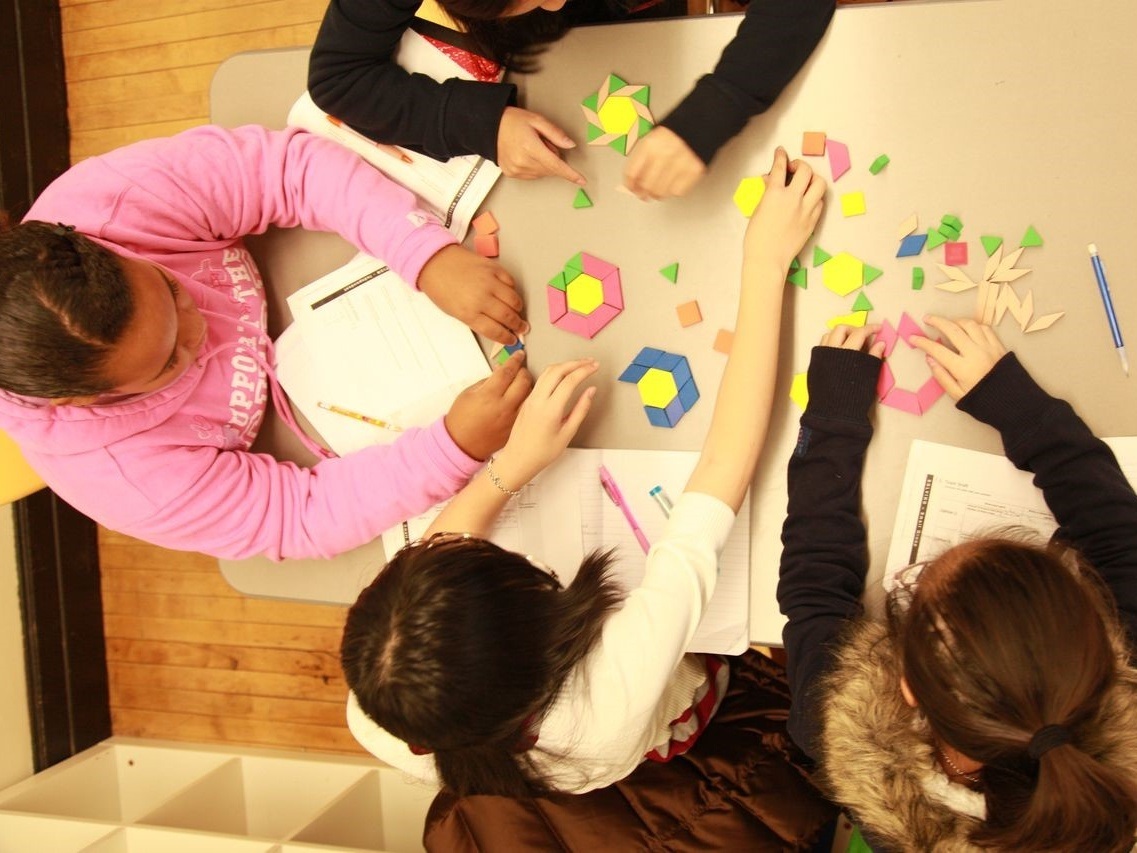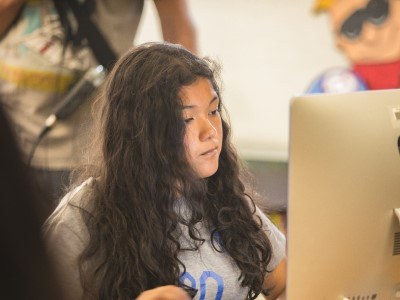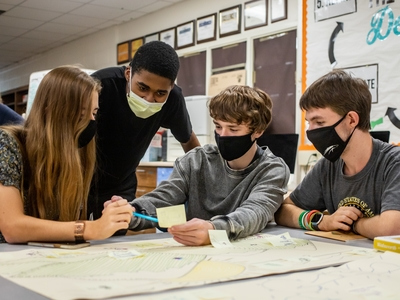Classroom Nooks for Reflective Learning and Deep Thinking
Topics
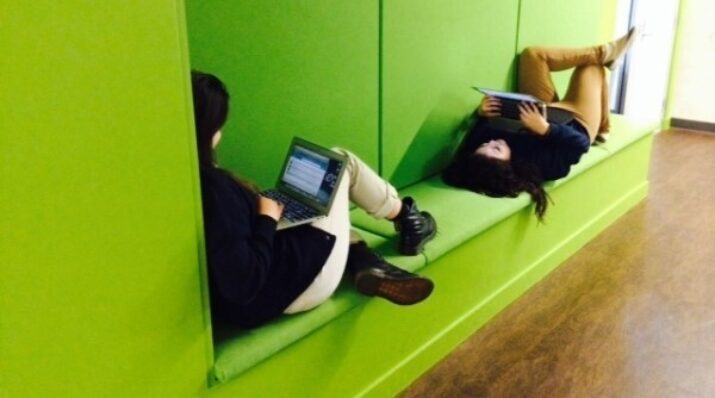
We’ve all had the experience of truly purposeful, authentic learning and know how valuable it is. Educators are taking the best of what we know about learning, student support, effective instruction, and interpersonal skill-building to completely reimagine schools so that students experience that kind of purposeful learning all day, every day.
By providing students with time and space for self-reflection in individual nooks, educators promote stronger self-awareness, critical thinking skills, and a deeper connection to learning.
Innovations in teaching and learning have had little impact on modern space planning and school architecture. We know that students and teachers do better when they have variety, flexibility, and comfort in their environment. This series examines how next generation learning spaces impact the learning experience for students and their teachers. If you have the opportunity to design a new school building or renovate an existing building, or if you are interested in using space better in your school, this series can help ensure that the physical spaces in your building promote the skills students need to thrive and contribute to an ever-changing global society.
Reflective individual nooks in learning foster personal growth and self-awareness. They are powerful tools that allow students to engage in deeper, more personal learning experiences. By creating time and space for self-reflection, students not only enhance their academic knowledge but also develop emotional intelligence, critical thinking, and problem-solving skills. These reflective practices allow students to take ownership of their learning and cultivate a mindset for continuous improvement. Integrating reflective spaces and practices into education provides a holistic approach to student development, ensuring that learning is not just academic, but also personal and transformative.
Reflective individual nooks in learning refer to dedicated spaces and times within educational environments where students can engage in self-reflection, independent thinking, and personal growth. These "nooks" or quiet spaces can be physical, like a designated corner in the classroom or a personal desk, or they can be mental, involving specific moments within the learning process when students are encouraged to pause, think deeply, and assess their understanding and progress.
Reflective and solo activities give learners the space and time for sensory separation from others to retrieve prior knowledge, conduct individual research, discover their own understanding, and contemplate specific problem-solving action plans. These spaces provide the individual time to produce things that are needed before and after collaborative interaction with others and self-reflection individually. It is a space to process and think without interruption and a perceived sense of privacy. It may have half walls or movable partitions. Reflective and individual activities may include to-do lists, quick summaries, and flash cards.
By providing students with the time and space for self-reflection, educators can help students develop stronger self-awareness, critical thinking skills, and a deeper connection to their learning. These reflective practices foster both academic and personal growth, helping students not only understand the content but also connect it to their lives and goals.
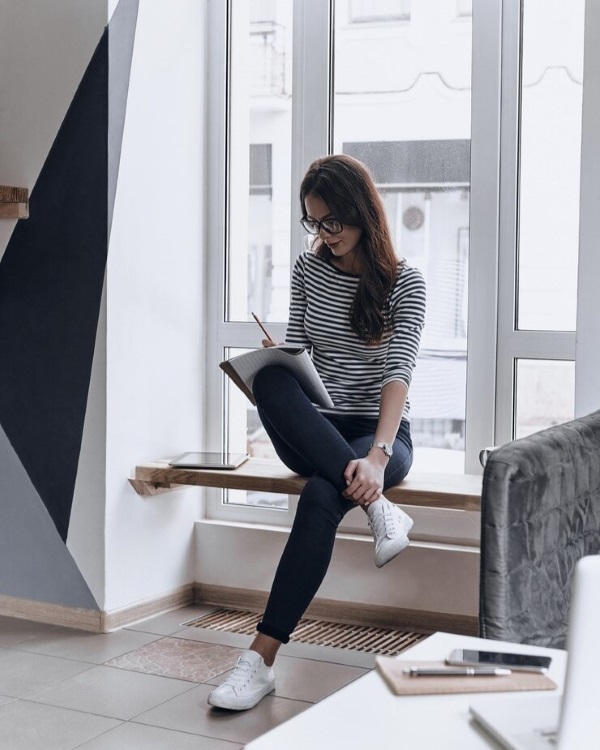
Credit: gstockstudio on freepik
Key Elements of Reflective and Individual Nooks
Physical Spaces for Reflection: In some schools, reflective nooks are actual quiet corners or areas where students can retreat for independent thinking. These spaces might include comfortable seating, soft lighting, and calming decor. They offer a sanctuary for students to step away from the hustle and bustle of the classroom and focus on their own thoughts.
Time for Self-Reflection: Teachers can incorporate moments of quiet reflection during or after lessons, allowing students to pause and consider what they’ve learned. These moments could involve journaling, drawing, or simply thinking about how the lesson connects to their personal lives or future aspirations.
Mindfulness Practices: Reflective nooks often incorporate mindfulness techniques, such as guided breathing exercises, meditation, or mindfulness activities. These practices help students relax, clear their minds, and focus on their internal thoughts, which enhances their ability to engage in meaningful reflection.
Individualized Learning: Reflective learning allows students to personalize their educational experience. In these moments, students can explore their individual thoughts, challenges, and growth without the pressure of group dynamics or the expectations of others.
Goal Setting and Self-Assessment: Part of reflective learning is allowing students to set goals for themselves and assess their progress toward achieving those goals. Reflection on how well they understand certain topics, what strategies have worked, and what challenges remain can inform future learning strategies.
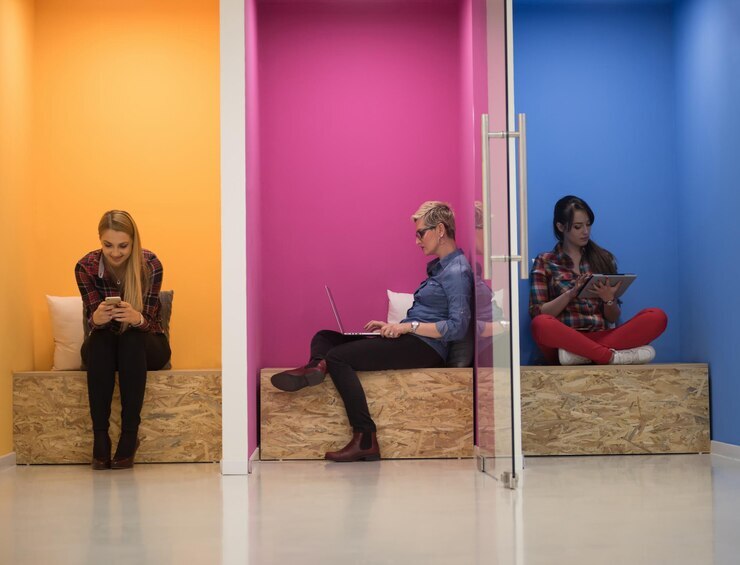
Credit: dotshock on freepik.
Benefits of Reflective and Individual Nooks in Learning
Enhanced Self-Awareness: Providing time and space for reflection encourages students to become more aware of their strengths and weaknesses. This self-awareness helps them take ownership of their learning and fosters a growth mindset, where they are more likely to embrace challenges and see mistakes as opportunities to improve.
Critical Thinking and Deep Learning: When students reflect on what they’ve learned, they move beyond surface-level understanding to deeper, more critical thinking. Reflecting allows them to process information, make connections, and consider how the knowledge fits into a larger context or applies to real-world scenarios.
Emotional and Social Development: Reflective practices can also help students develop emotionally and socially. By examining their feelings, reactions, and experiences, students can develop empathy, emotional regulation, and an understanding of how they relate to others in group settings.
Improved Problem-Solving Skills: Reflection helps students approach problems from multiple angles, encouraging them to think creatively and critically. This leads to better problem-solving abilities, both in academic contexts and in everyday situations.
Increased Focus and Mindfulness: The practice of reflection can also increase mindfulness and focus. When students are encouraged to slow down, pause, and reflect, they become more mindful of their thoughts, actions, and decisions. This can reduce anxiety and enhance concentration during lessons.
Better Learning Outcomes: Reflective learning helps students retain information more effectively. By actively thinking about what they’ve learned, how they’ve learned it, and how they can apply it, students are more likely to internalize and apply new knowledge.
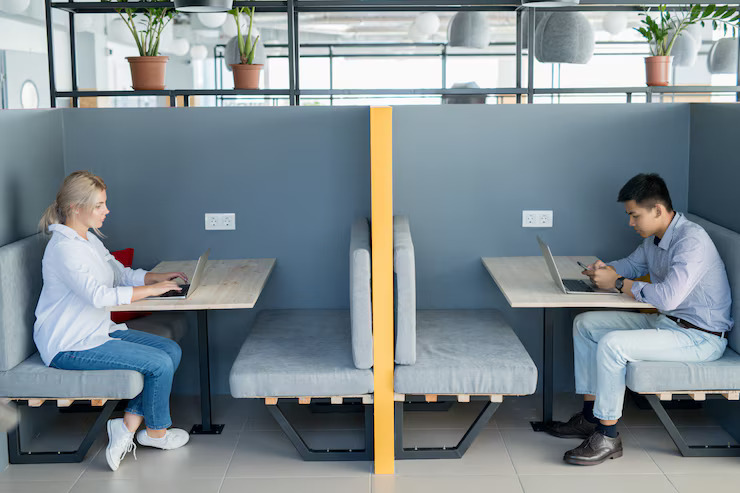
Credit: seventyfour on freepik
Considerations for Using Nooks for Individual Reflection
Time Constraints: One challenge to implementing reflective practices in schools is the time it takes. In a traditional curriculum, where there is pressure to cover a certain amount of material, it can be difficult to find time for students to engage in deep reflection regularly.
Varied Comfort Levels: Not all students may feel comfortable reflecting on their own thoughts and feelings, especially in a group setting. Creating a safe and supportive environment is essential for students to feel open to self-reflection without fear of judgment.
Balancing Group and Individual Work: While individual reflection is important, it needs to be balanced with collaborative learning and group activities. Too much focus on individual reflection can isolate students and limit the benefits of social learning.
Guidance and Structure: Teachers need to guide students on how to reflect effectively. Simply asking students to reflect without any structure may lead to superficial or unfocused reflections. Teachers can provide prompts, frameworks, or questions to help students engage more deeply with their thoughts.
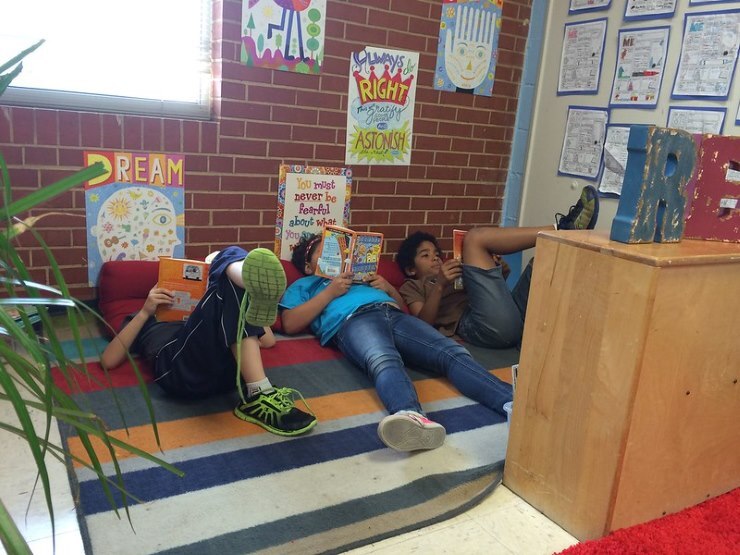
A designated quiet classroom space. Credit: Shelly Fryer, CC BY 2.0
How to Implement Reflective Individual Nooks in Schools
Designated Quiet Spaces: Create a designated reflective space within the classroom or school where students can retreat during breaks or after lessons. This space could include comfortable seating, calming materials like books or artwork, and journals or reflection guides.
Reflection Journals: Encourage students to keep personal journals where they can write about their thoughts, feelings, and insights related to their learning experiences. Regular journaling helps students track their progress and stay mindful of their goals.
Reflection Prompts: Provide students with reflective prompts or questions at the end of lessons. For example, “What was the most challenging part of today’s lesson?” or “How can you apply what you learned to real-life situations?” These prompts guide students in thinking critically about the material.
Mindfulness and Relaxation Techniques: Incorporate mindfulness exercises, such as breathing techniques or short meditation sessions, into the school day. These activities help students calm their minds and prepare for reflective thought.
Goal Setting and Self-Assessment: Encourage students to set personal learning goals and reflect on their progress. At regular intervals, ask them to assess how they’re doing and identify areas for improvement.
Reflection through Art or Creativity: For students who may find it easier to express themselves creatively, allow them to reflect through drawing, painting, or other artistic activities. This can help students express thoughts that might be difficult to articulate in writing.
Learn More
See the whole series about next gen learning spaces.
Photo at top: Reflective nooks like this one at e3 Civic High in San Diego promote equity, individual research and discovery, self-reflection, and diversifying learning with contemplation and comfort. Courtesy of NGLC.


